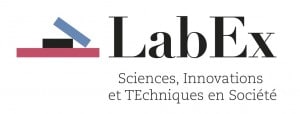Abstract
One preferred way of coping with the openness or indeterminacy of future is to elaborate ‘fictional expectations’ that enable action by defining possible outcomes. In this article, I propose to focus on the career of the impact foresight model to analyse how agro-economists combine imaginaries, narratives, data and calculative technologies addressing the long-term future of agriculture. Impact is a partial equilibrium model, which has become increasingly comprehensive. Its modular structure now enables it to interweave scenarios produced by other legitimate institutions, and to run simulations for a number of configurations of climate change and socio-economic evolutions.In this article, foresight models are taken to be material discursive devices. My argument is that their evolutions as technologies and the framing of the future they operate should not be analysed separately. Transforming radical uncertainty into controlled variability – magnitude of change, they explicitly endeavour to ‘bound’ uncertainty. But it is ‘bounded’ in a way that is highly dependent on the knowledge infrastructure upon which the models rely. Quantified modelling also makes it possible for economists to compare rival models and create alignments or negotiate zones of consensus, that is, a certain form of knowledge on the future. In the case under scrutiny, technological choices and data processing work contribute to reinforce a certain point of view – market, production and technology-oriented – on food security. Studying infrastructure and model design therefore allows a better understanding of path dependency and cognitive lock-in effects regarding the way the future is envisaged and narrated.
See all documents refering Cortext Manager






